-
 Bitcoin
Bitcoin $107,467.9126
1.26% -
 Ethereum
Ethereum $2,447.5288
-0.12% -
 Tether USDt
Tether USDt $1.0005
0.00% -
 XRP
XRP $2.1921
0.13% -
 BNB
BNB $647.2897
0.50% -
 Solana
Solana $144.8627
-0.37% -
 USDC
USDC $0.9996
-0.03% -
 TRON
TRON $0.2732
0.10% -
 Dogecoin
Dogecoin $0.1652
-0.18% -
 Cardano
Cardano $0.5700
-2.87% -
 Hyperliquid
Hyperliquid $37.0274
-1.81% -
 Bitcoin Cash
Bitcoin Cash $484.6957
0.19% -
 Sui
Sui $2.7354
-2.19% -
 Chainlink
Chainlink $13.1727
-1.49% -
 UNUS SED LEO
UNUS SED LEO $8.9978
-0.04% -
 Stellar
Stellar $0.2421
-2.33% -
 Avalanche
Avalanche $17.5633
-3.51% -
 Toncoin
Toncoin $2.8476
-1.94% -
 Shiba Inu
Shiba Inu $0.0...01166
-0.56% -
 Litecoin
Litecoin $85.1071
0.09% -
 Hedera
Hedera $0.1502
-2.96% -
 Monero
Monero $310.2774
-1.64% -
 Dai
Dai $0.9999
-0.01% -
 Polkadot
Polkadot $3.3584
-1.88% -
 Ethena USDe
Ethena USDe $1.0003
-0.04% -
 Bitget Token
Bitget Token $4.4443
2.90% -
 Pi
Pi $0.6242
14.04% -
 Uniswap
Uniswap $6.9774
-2.86% -
 Pepe
Pepe $0.0...09535
-5.05% -
 Aave
Aave $256.7574
-3.35%
What should I do if the K-line and D-line of KDJ continue to entangle above 80?
When the KDJ indicator's K-line and D-line entangle above 80, it signals a strong but potentially exhausted bullish trend, warranting caution despite continued momentum.
Jun 26, 2025 at 11:15 am
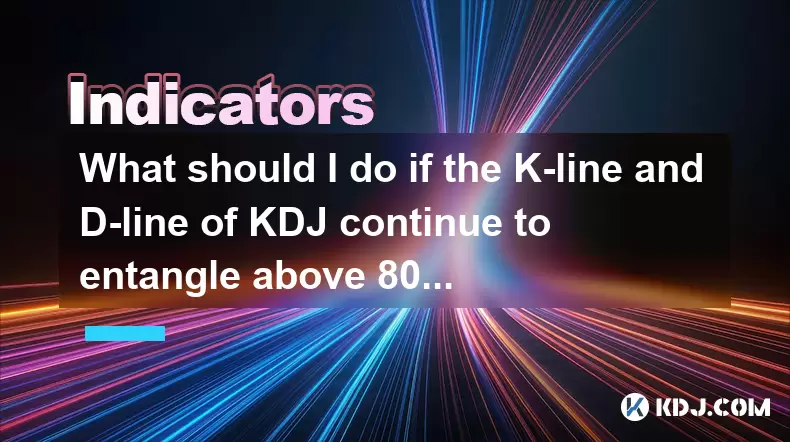
Understanding the KDJ Indicator
The KDJ indicator, also known as the stochastic oscillator, is a momentum-based technical analysis tool used to identify overbought and oversold conditions in financial markets. It consists of three lines: the K-line, the D-line, and the J-line. The K-line reflects the short-term trend, while the D-line acts as a signal line for the K-line. When both the K-line and D-line remain above 80, it typically signals an overbought condition.
Important: A value above 80 indicates that the asset may be overbought, but this doesn't necessarily mean a reversal will occur immediately.
Interpreting K-Line and D-Line Entanglement Above 80
When the K-line and D-line continue to entangle above 80, it suggests a strong but potentially exhausted bullish trend. This situation often occurs during extended uptrends where buyers are still pushing prices higher, but with diminishing strength.
- Market Sentiment: Strong bullish sentiment persists, but caution is warranted due to potential exhaustion.
- Price Action: Prices may move sideways or consolidate after rapid gains, leading to the K and D lines moving closely together.
- Volume Confirmation: If volume declines during this phase, it can indicate weakening momentum despite high KDJ values.
This pattern should not be taken as a direct sell signal without additional confirmation from other indicators or price patterns.
Steps to Analyze the Situation
If you observe the K-line and D-line continuing to entangle above 80, follow these steps to assess the market:
- Step 1 – Confirm Trend Strength: Use moving averages (e.g., MA(20), MA(50)) to determine if the price is still trending upward.
- Step 2 – Check Volume Patterns: Declining volume during high KDJ levels could suggest weakening demand and potential reversal.
- Step 3 – Monitor Price Behavior: Look for signs like long upper wicks, bearish candlestick patterns, or failed breakouts.
- Step 4 – Cross-Check with RSI: If RSI is also above 70 and showing divergence, it strengthens the case for caution.
- Step 5 – Watch for KDJ Line Separation: A clear drop below the D-line from above 80 may act as a preliminary bearish signal.
These steps help traders avoid premature exits while identifying possible reversal zones.
Risk Management Considerations
Even when the K-line and D-line remain entangled above 80, it's crucial to implement proper risk management strategies. Overbought conditions can persist longer than expected in strong trends.
- Position Sizing: Reduce exposure if there are early signs of weakness or consolidation.
- Stop-Loss Placement: Keep stop-loss orders tight if holding long positions during high KDJ readings.
- Trailing Stops: For strong uptrends, use trailing stops to lock in profits without exiting prematurely.
- Take-Profit Zones: Identify key resistance areas where profit-taking may be prudent even if no immediate reversal occurs.
Avoid emotional trading decisions based solely on KDJ readings.
What Actions Can Be Taken?
Depending on your trading strategy and time frame, different actions can be considered when the K-line and D-line stay above 80:
- Aggressive Traders: May look to take partial profits or tighten stops if price shows signs of topping out.
- Conservative Traders: May wait for a confirmed bearish crossover or price rejection before considering exits or shorts.
- Swing Traders: Could use the entanglement phase to reassess entry points for pullbacks or corrections.
- Long-Term Investors: May ignore short-term KDJ signals unless accompanied by fundamental deterioration.
Each approach must align with individual risk tolerance and overall market outlook.
Frequently Asked Questions
Q: Does a KDJ reading above 80 always indicate a reversal?
A: No. High KDJ readings can persist during strong uptrends. Reversal signals become more reliable when combined with bearish price action or divergences.
Q: What other indicators work well with KDJ when it’s above 80?
A: RSI, MACD, and volume indicators complement KDJ well. They help confirm whether momentum supports the current trend or warns of a reversal.
Q: Should I close my position entirely if K and D lines are stuck above 80?
A: Not necessarily. Evaluate broader context including trend strength, support/resistance, and volume before making drastic moves.
Q: How long can K and D lines stay above 80 in crypto markets?
A: In highly volatile or trending crypto assets, they can remain elevated for several days, especially during parabolic moves or news-driven rallies.
Disclaimer:info@kdj.com
The information provided is not trading advice. kdj.com does not assume any responsibility for any investments made based on the information provided in this article. Cryptocurrencies are highly volatile and it is highly recommended that you invest with caution after thorough research!
If you believe that the content used on this website infringes your copyright, please contact us immediately (info@kdj.com) and we will delete it promptly.
- DOGE, BlockDAG, and Coin Airdrops: The New Wave of Crypto Opportunities
- 2025-06-26 18:45:12
- Neo Pepe and the Crypto Presales Popping in June 2025
- 2025-06-26 18:45:12
- Bitcoin, DeFi Tokens, and Relist Moves: What's Hot in Crypto Right Now
- 2025-06-26 18:30:11
- Binance, Bitcoin, and Altcoins: Navigating the Crypto Landscape
- 2025-06-26 19:05:12
- Bitcoin's Bull Flag: Technical Analysis, Crypto Market Sentiment, and Price Predictions
- 2025-06-26 19:05:12
- Pi Network, Volatility, and Pi2Day: Navigating the Hype
- 2025-06-26 19:10:14
Related knowledge
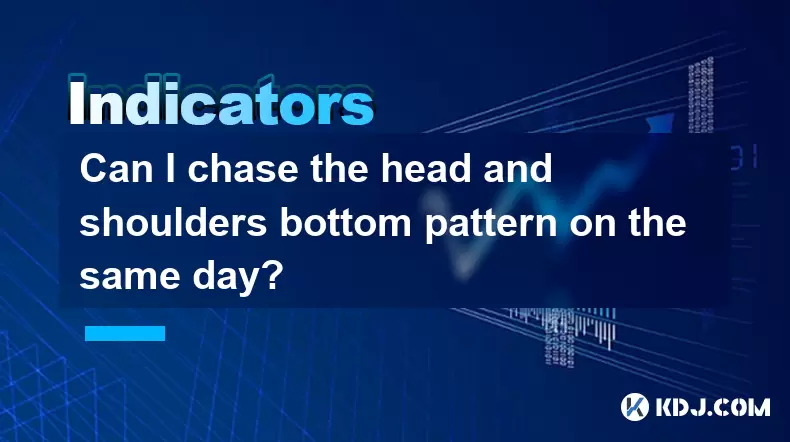
Can I chase the head and shoulders bottom pattern on the same day?
Jun 26,2025 at 06:14pm
Understanding the Head and Shoulders Bottom Pattern in Cryptocurrency TradingThe head and shoulders bottom pattern, also known as the inverse head and shoulders, is a reversal chart pattern commonly observed in cryptocurrency price charts. It signals a potential shift from a downtrend to an uptrend. The structure consists of three distinct lows: the lef...
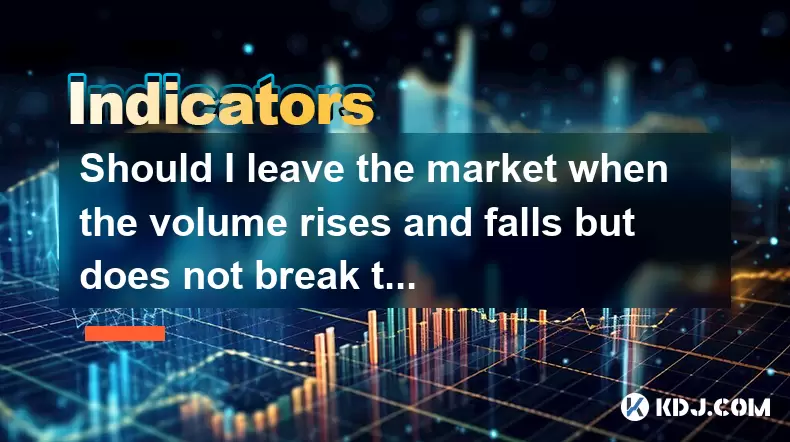
Should I leave the market when the volume rises and falls but does not break the 5-day line?
Jun 26,2025 at 06:08pm
Understanding Market Volume and the 5-Day Moving AverageWhen traders talk about market volume, they're referring to the total number of shares or contracts traded during a specific period. In cryptocurrency trading, volume plays a crucial role in confirming trends and predicting potential reversals. The 5-day moving average (5DMA) is a short-term indica...
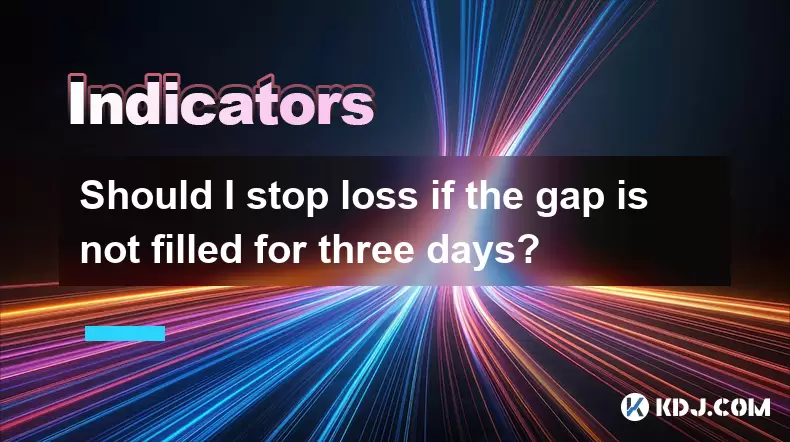
Should I stop loss if the gap is not filled for three days?
Jun 26,2025 at 06:35pm
Understanding Gaps in Cryptocurrency TradingIn cryptocurrency trading, gaps refer to areas on a price chart where the asset's price jumps from one level to another without any trading occurring at the intermediate levels. These gaps can appear due to sudden market movements, often influenced by news events, macroeconomic data releases, or shifts in inve...
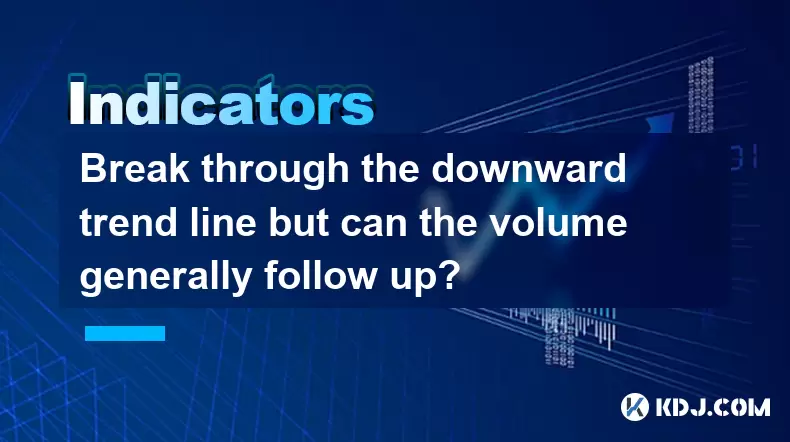
Break through the downward trend line but can the volume generally follow up?
Jun 26,2025 at 05:28pm
Understanding the Significance of Breaking a Downward Trend LineIn technical analysis, a downward trend line represents a resistance level formed by connecting two or more high points in price action. When the price breaks above this line, it suggests that the selling pressure may be weakening and that buyers are gaining control. This is often seen as a...
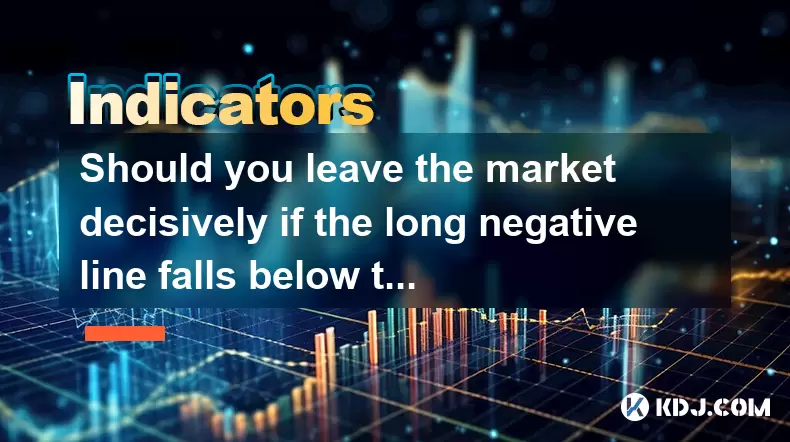
Should you leave the market decisively if the long negative line falls below the 10-week line?
Jun 26,2025 at 06:29pm
What Is a Crypto Wallet and Why Do You Need One?A crypto wallet is a digital tool that allows users to store, send, and receive cryptocurrencies like Bitcoin, Ethereum, and others. Unlike traditional wallets that hold physical money, crypto wallets do not actually store the coins themselves. Instead, they manage the private keys and public addresses nec...
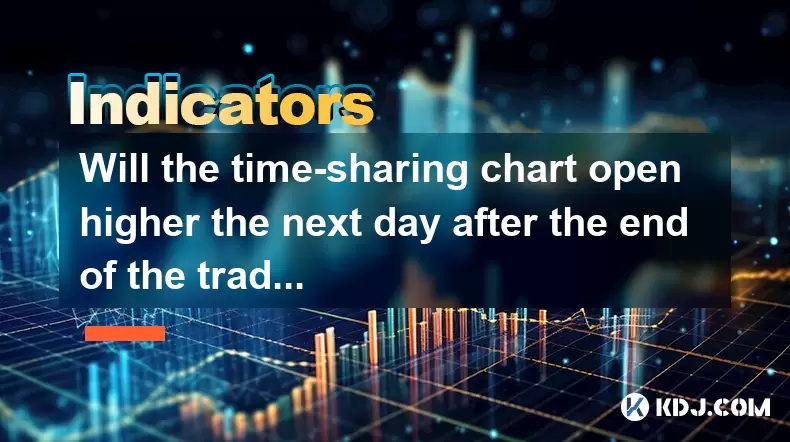
Will the time-sharing chart open higher the next day after the end of the trading?
Jun 26,2025 at 04:35pm
Understanding Time-Sharing Charts in Cryptocurrency TradingIn the realm of cryptocurrency trading, time-sharing charts, often referred to as tick or intraday charts, play a crucial role in analyzing short-term price movements. These charts display price fluctuations over very small time intervals, such as 1 minute, 5 minutes, or 15 minutes. Traders rely...

Can I chase the head and shoulders bottom pattern on the same day?
Jun 26,2025 at 06:14pm
Understanding the Head and Shoulders Bottom Pattern in Cryptocurrency TradingThe head and shoulders bottom pattern, also known as the inverse head and shoulders, is a reversal chart pattern commonly observed in cryptocurrency price charts. It signals a potential shift from a downtrend to an uptrend. The structure consists of three distinct lows: the lef...

Should I leave the market when the volume rises and falls but does not break the 5-day line?
Jun 26,2025 at 06:08pm
Understanding Market Volume and the 5-Day Moving AverageWhen traders talk about market volume, they're referring to the total number of shares or contracts traded during a specific period. In cryptocurrency trading, volume plays a crucial role in confirming trends and predicting potential reversals. The 5-day moving average (5DMA) is a short-term indica...

Should I stop loss if the gap is not filled for three days?
Jun 26,2025 at 06:35pm
Understanding Gaps in Cryptocurrency TradingIn cryptocurrency trading, gaps refer to areas on a price chart where the asset's price jumps from one level to another without any trading occurring at the intermediate levels. These gaps can appear due to sudden market movements, often influenced by news events, macroeconomic data releases, or shifts in inve...

Break through the downward trend line but can the volume generally follow up?
Jun 26,2025 at 05:28pm
Understanding the Significance of Breaking a Downward Trend LineIn technical analysis, a downward trend line represents a resistance level formed by connecting two or more high points in price action. When the price breaks above this line, it suggests that the selling pressure may be weakening and that buyers are gaining control. This is often seen as a...

Should you leave the market decisively if the long negative line falls below the 10-week line?
Jun 26,2025 at 06:29pm
What Is a Crypto Wallet and Why Do You Need One?A crypto wallet is a digital tool that allows users to store, send, and receive cryptocurrencies like Bitcoin, Ethereum, and others. Unlike traditional wallets that hold physical money, crypto wallets do not actually store the coins themselves. Instead, they manage the private keys and public addresses nec...

Will the time-sharing chart open higher the next day after the end of the trading?
Jun 26,2025 at 04:35pm
Understanding Time-Sharing Charts in Cryptocurrency TradingIn the realm of cryptocurrency trading, time-sharing charts, often referred to as tick or intraday charts, play a crucial role in analyzing short-term price movements. These charts display price fluctuations over very small time intervals, such as 1 minute, 5 minutes, or 15 minutes. Traders rely...
See all articles
























































































